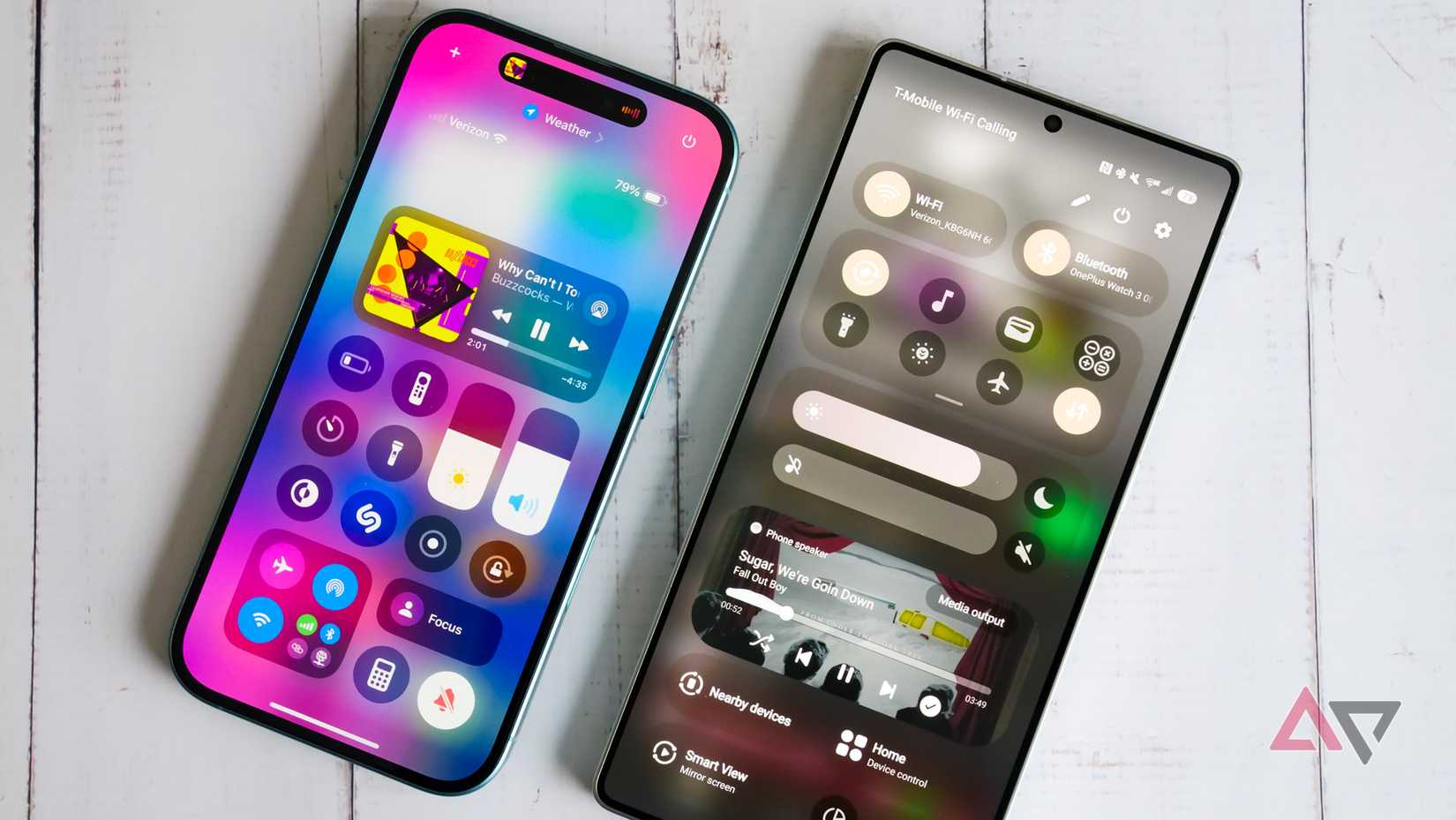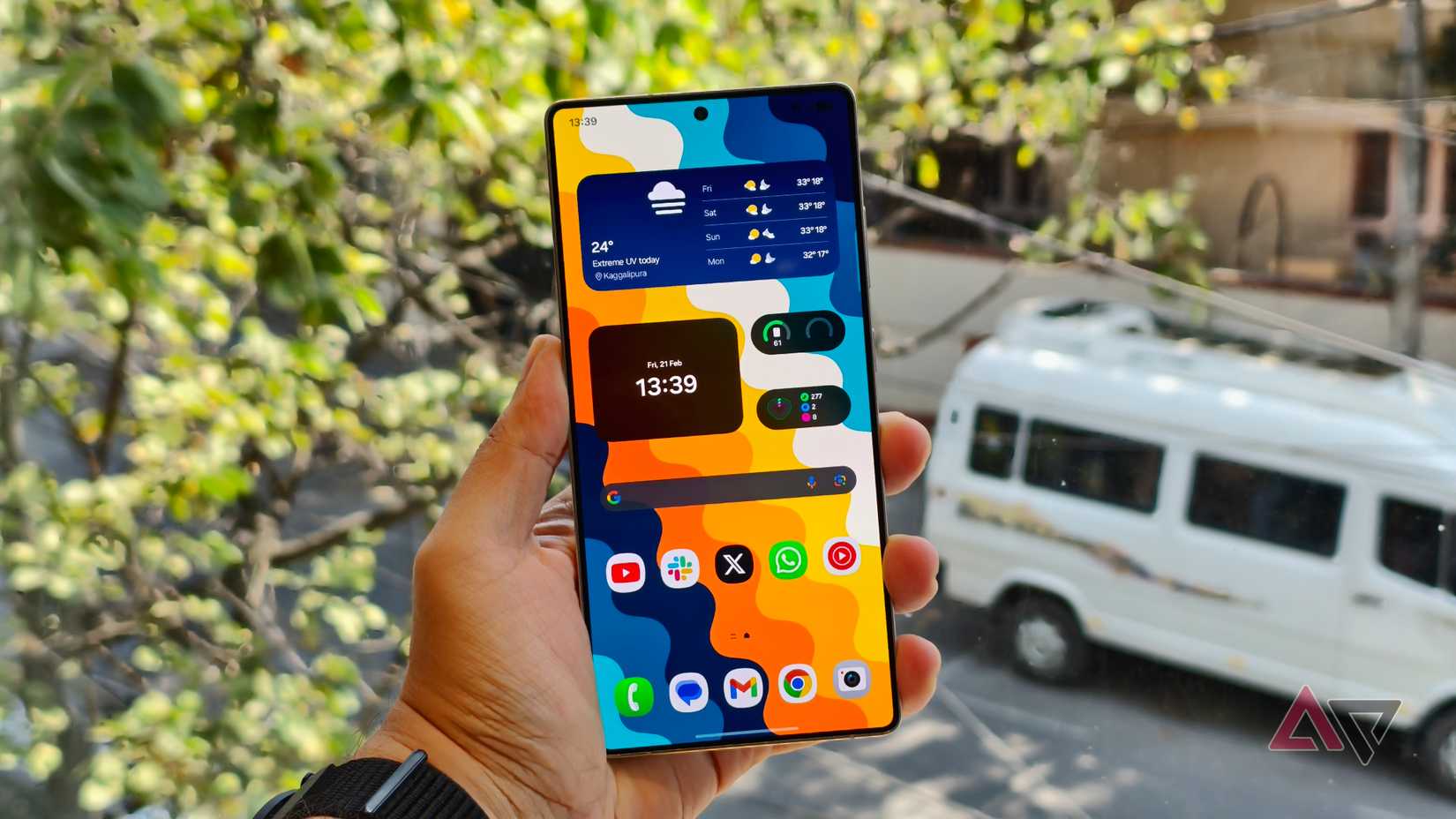I’ve used every Samsung flagship from the original Galaxy S through the S23 Ultra.
However, after that, I gave up on Samsung’s flagships because of their persistent issues — lacking camera performance, slow charging speeds, and poor ergonomics.
The Galaxy S26 series is still at least four months from launch, yet, thanks to leaks, I’m already convinced it will suffer from the same shortcomings as its predecessors — and for me, that means it won’t be worth the money.
Camera changes may be minor at best
A wider aperture won’t solve all the problems
Leaks and rumors suggest Samsung will use a wider f/1.4 aperture for the Galaxy S26 Ultra’s 200MP primary camera.
That would be a step up from the f/1.7 aperture lens the Galaxy S25 Ultra currently uses. It will allow more light to reach the sensor, allowing better low-light performance.
However, a faster aperture alone won’t solve the shortcomings of Samsung’s flagship phones. If anything, such a wide aperture can lead to blurring and softness around the edges in pictures.
Ideally, the company should take cues from its Chinese competitors and switch to a bigger camera sensor. That would enable the S26 Ultra to capture sharper and more detailed images.
As a reliable Samsung leaker recently revealed, though, that won’t happen.
It’s not just about the primary camera. The imaging performance of the S25 Ultra’s 3x and 5x telephoto shooters is underwhelming, with the 3x in particular badly in need of an upgrade.
Samsung has now been using the same 10MP 3x telephoto shooter for years.
Rumors suggest the company may switch to a higher-resolution 3x sensor on the S26 Ultra, but that alone won’t be enough.
Without a larger sensor, the final images will look soft — just as they have been on the S25 Ultra and past Galaxy flagships.
As if those shortcomings weren’t enough, Samsung phones also have the infamous shutter lag issue.
Try snapping a photo of your kid or dog in less-than-ideal lighting with a flagship Galaxy, and chances are it will come out blurry. The S25 Ultra has made some progress here, but there’s still room for improvement.
Knowing Samsung, I don’t expect it to resolve these camera drawbacks in just one generation with the S26 series.
Charging speeds may stand still
And worse, no increase in battery capacity
Samsung phones continue to lag behind their Chinese Android rivals in charging speeds. In the US, OnePlus devices charge at nearly twice the speed of Samsung’s Ultra flagships.
While the Galaxy S25 Ultra can pull 45W of maximum power over a wired connection, the OnePlus 13 can reach a peak of 80W.
Each year, I hope the Korean company will improve the charging speeds of its flagship phones — even a modest boost would do — and each year I’m left disappointed.
Sadly, all leaks suggest Samsung won’t make any charging improvements with the Galaxy S26 next year. The Ultra flagship will reportedly still max out at 45W, while the smaller Pro and Edge models will be limited to just 25W.
Early rumors indicated the S26 Ultra could support 60W max fast charging, but a recent certification indicates the company is sticking to the same 45W speeds.
Admittedly, on Galaxy Ultra flagships, 45W charging speeds still work, as they can charge from nearly empty to 70% in 30 minutes.
Still, if Samsung isn’t going to push charging speeds any further, the least it could do is increase the battery capacity. After all, a bigger battery would mean longer life — and fewer times I’d need to plug the phone in.
Disappointingly, that’s not what the leaks suggest either. For the seventh year in a row, Samsung will purportedly stick to a 5,000mAh cell inside its Ultra flagship.
While efficiency improvements may help — like using a more power-efficient display and chipset — they won’t translate into a significant increase in battery life. Only a higher-capacity battery can help achieve that.
What’s worse is that Apple finally bumped the wired charging speeds on iPhones this year. You can top up the iPhone 17 from 0 to 50% in only 20 minutes — notably faster than Samsung’s non-Ultra S25 Plus and Galaxy S25.
Galaxy S26 Pro won’t be a compact Ultra
And that’s a problem
All signs point to Samsung shaking up its flagship Galaxy S lineup next year, ditching the S26 Plus in favor of a Pro model. It will also replace the base S26 with the slimmer S26 Edge.
Ideally, Samsung should follow Apple’s playbook and make the S26 Pro a smaller version of the S26 Ultra. It can skip the S Pen support due to the smaller screen size, but keep everything else the same.
There’s a lot we don’t know about the S26 Pro yet. But as leaked renders have revealed, the phone will feature triple rear cameras — one less than the S26 Ultra.
And knowing Samsung, it will likely include the Ultra’s rumored upgraded 12MP 3x telephoto instead of the superior 5x shooter.
With the iPhone 17 Pro and Pro Max, the only major differences are display size and battery life — both are a result of the Pro Max’s larger dimensions. Otherwise, you get the same cameras, same chip, and same cover glass.
Samsung won’t follow the same approach. It will keep a bigger feature gap between the Pro and Ultra to protect its bottom line and push more users towards the latter.
Samsung needs to rethink its strategy
After years of making no major improvements to its flagship Fold, Samsung went back to the drawing board and came up with the Galaxy Z Fold 7.
It is currently among the world’s thinnest foldable and yet packs an impressive amount of tech. And the results speak for themselves — demand for the Galaxy Z Fold 7 has been so strong that Samsung is ramping up production.
Sadly, leaks suggest the company won’t repeat the same strategy with the Galaxy S26.
While the lineup will see a reshuffle, the real changes I want won’t be coming. So until Samsung fixes what really matters, the Galaxy S26 Ultra is off my list.
Source link




